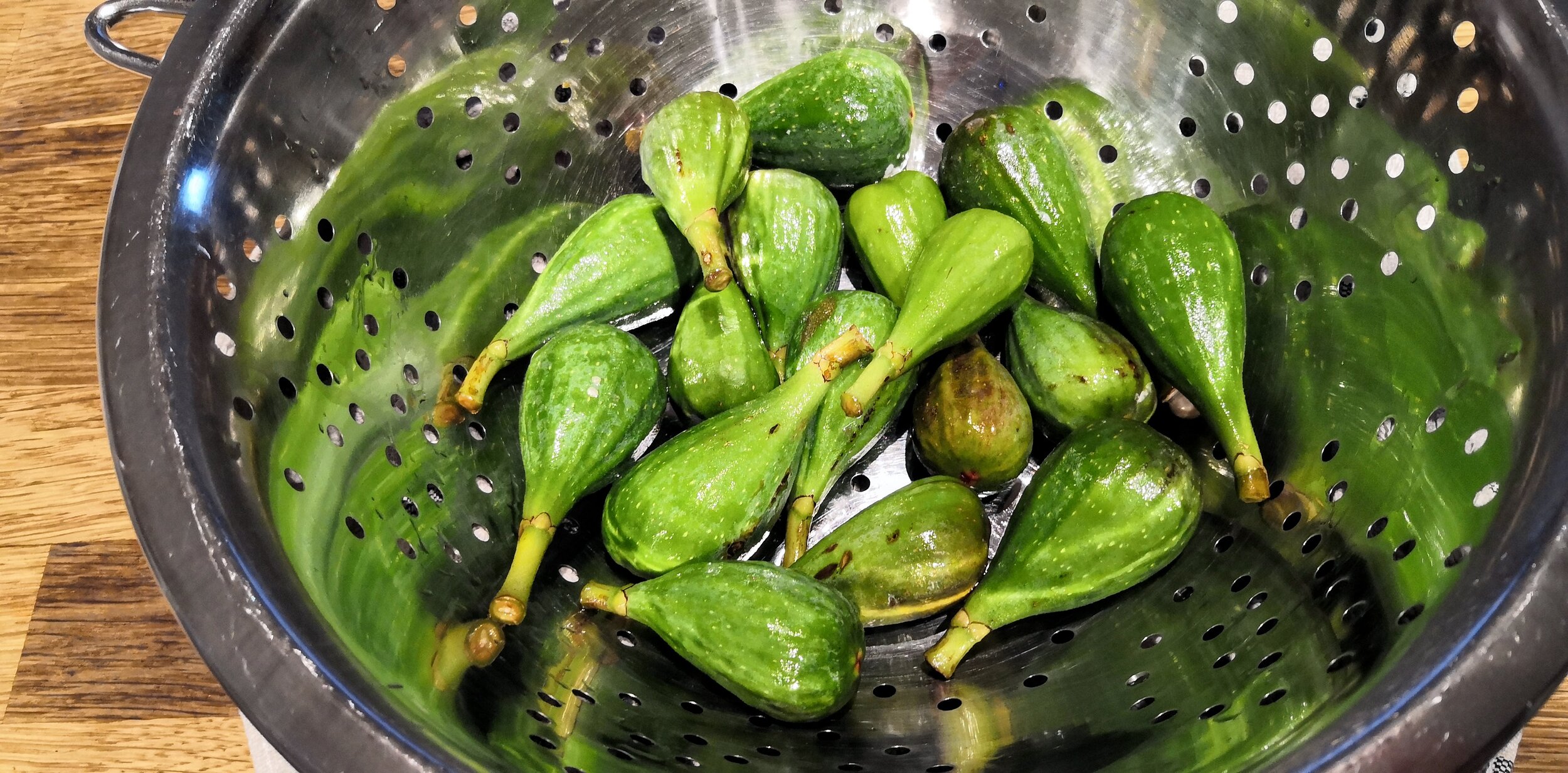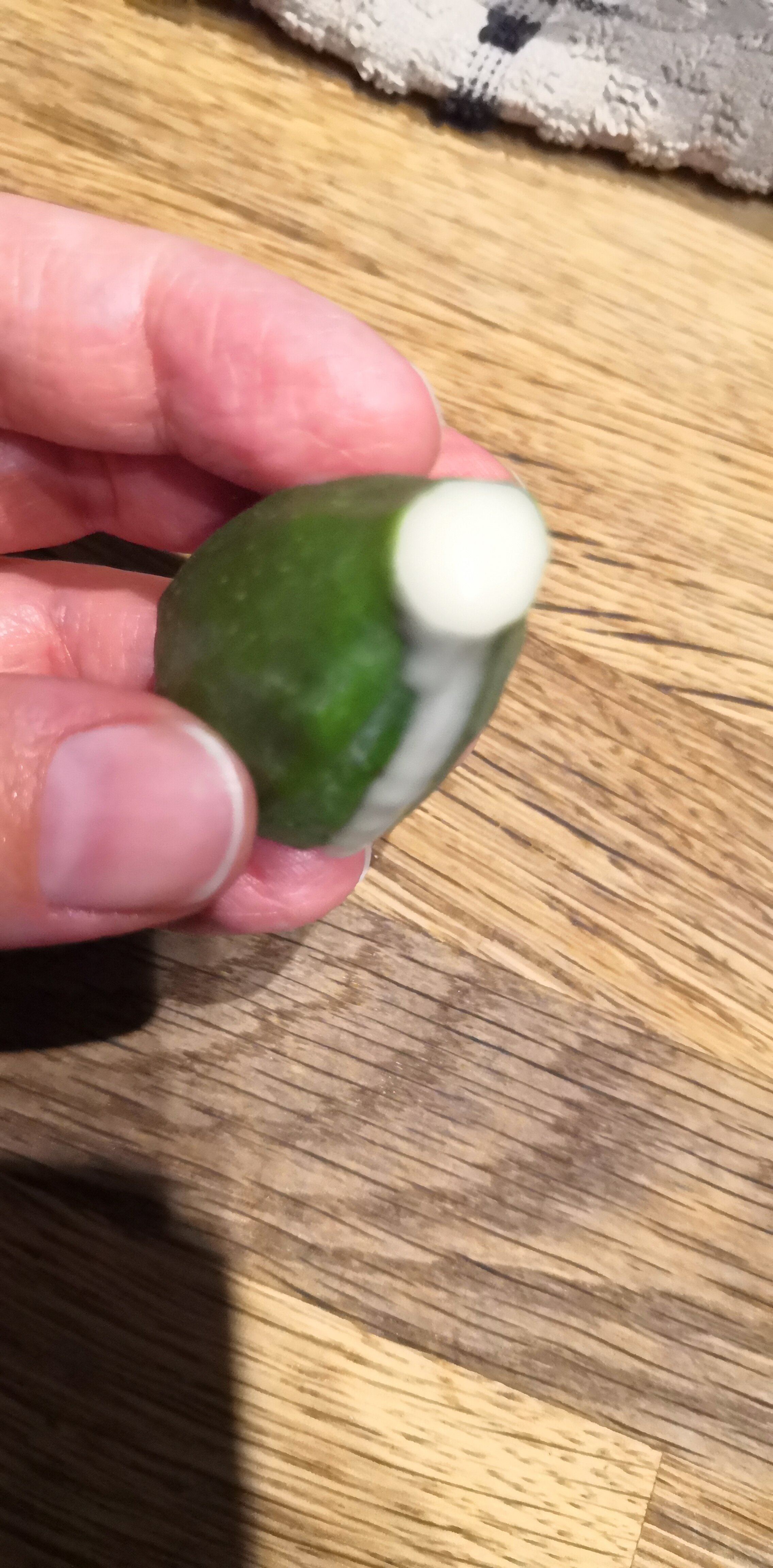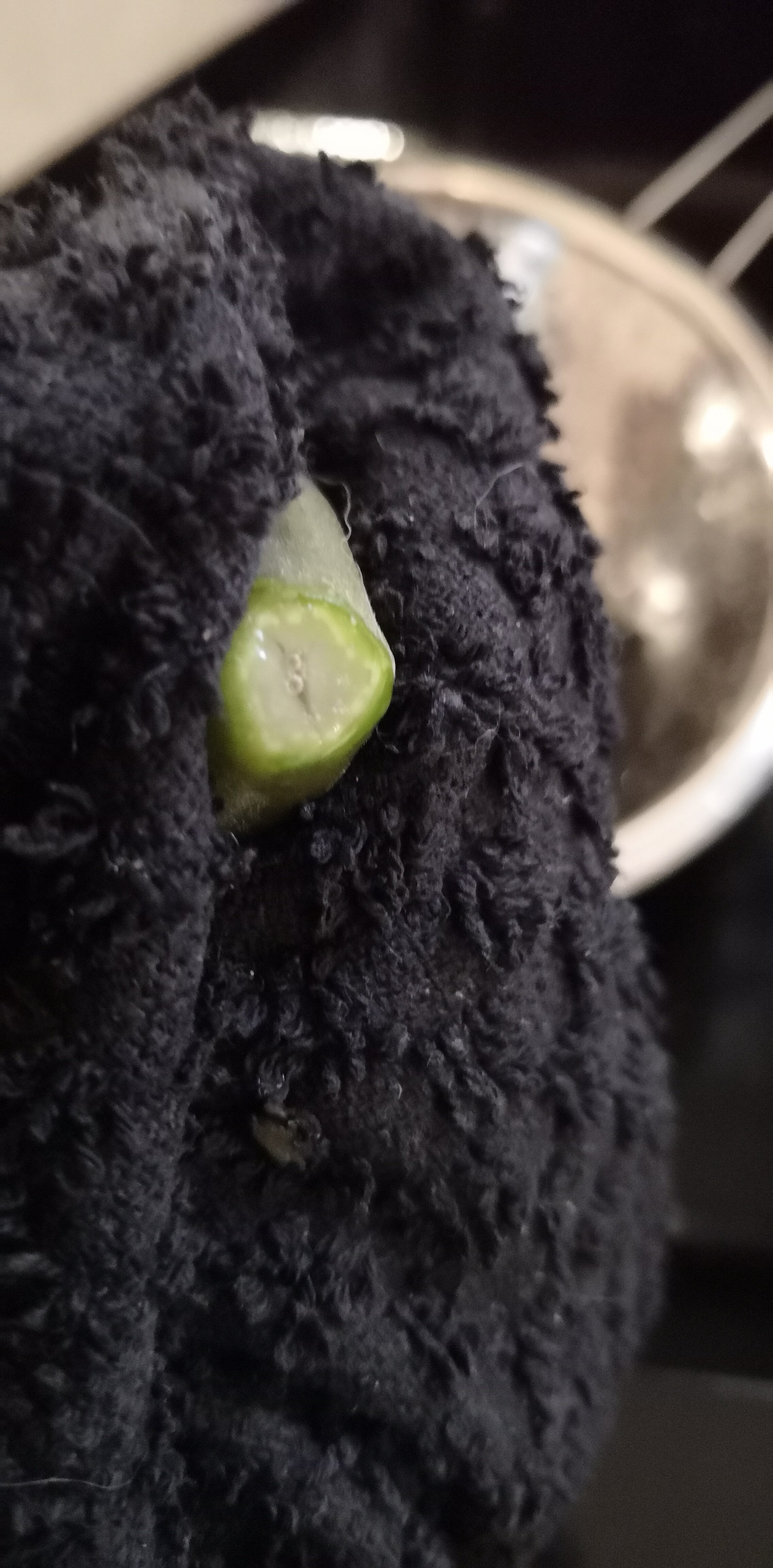🌳 Growing Figs 🌳
Growing Figs in the UK
This is Cyril
He was a housewarming present a few years back and 2020 was our first fruitful year, which I guess was something when you consider everything else that happened.
Pinching and pruning
Remove branches that are awkward, crossing or damaged and remove suckers from the base. I left one to grow and now I am going to try and remove it for a freebie Fig tree, Cyril2!
If it isn’t producing fruit and the branches have been left long then try cutting back hard to 5cm stubs, to stimulate new growth from the base of the branch.
In the early summer take a look at all new growth, restrict new growth to five or six leaves. You can do this by pinching or cutting the tips of shoots, be aware that the milky sap is an irritant and you don’t want it on your skin.
This is to encourage your plant to put on fruit and not focus too heavily on foliage.
Root restriction
Figs will just grow and grow if you let them and they won’t bother to fruit all that much, keeping them in a pot or planting them with a few slate tiles to restrict their roots will keep them happy enough. During spring and summer feed every week, alternating between a tomato food and all purpose feed. Water regularly!
Figelets
As we get in to autumn you may still have a number of unripe fruits on your tree, the pea size ones can stay on and they should fruit for you next year but the bigger ones should come off to prevent disease.
Green Fig Preserves
Those unripe figs can still be put to use as a preserve or a jam
Ingredients
Figs
Water
Sugar
Whole Spices
Lemon
Method
Wash and trim any stalks off of your figs, be careful to avoid the white sap as it is a latex compound that is an irritant to your skin. It is also difficult to get off of surfaces so be warned!
Now the figs will need to be boiled a few times to cook out the green flavour and get the sap out, I needed 3 lots of 20 minutes for mine.
You will need to change the water each time, I think it is also worth running a sponge around to get some of the sap off of the pan to make cleaning easier later as well.
Between each water change when you are waiting for the water to come to temperature give the figs a gentle squeeze to encourage the sap to come out, you might want to also put a little pin prick in the stalk to help.
You should see the figs change from bright green to an olive green and they should soften and wrinkle up when you have pressed them.
We will also need to make a sugar syrup with a 1:1 ratio, when you are on what you think is your final round of boiling your figs you should measure out the jar you will be storing the figs in to find out how much you will need. In between rounds 2 and 3 of boiling I added my figs to a jar, put the jar on some scales and measured how much water would fit - 250ml so I would make 300ml of syrup (to be on the safe side) with 300ml of water and 300g of sugar.
In a clean pan bring your equal weight sugar and water to a simmer and add in the whole spices and lemon zest.
The syrup should turn a yellow color. Add the figs and simmer over moderate heat for 10 minutes, if you wanted to mash your figs in to a jam then now is your last chance.
The syrup test: drip a little syrup onto a cold plate. If the drops do not spread then the syrup is ready.
Alternatively if you have a sugar thermometer, cook to a temperature of 105°C.
Add everything to a nice clean jar and once cooled, store in fridge.
I’ll be adding these to some of my Xmas bakes!







